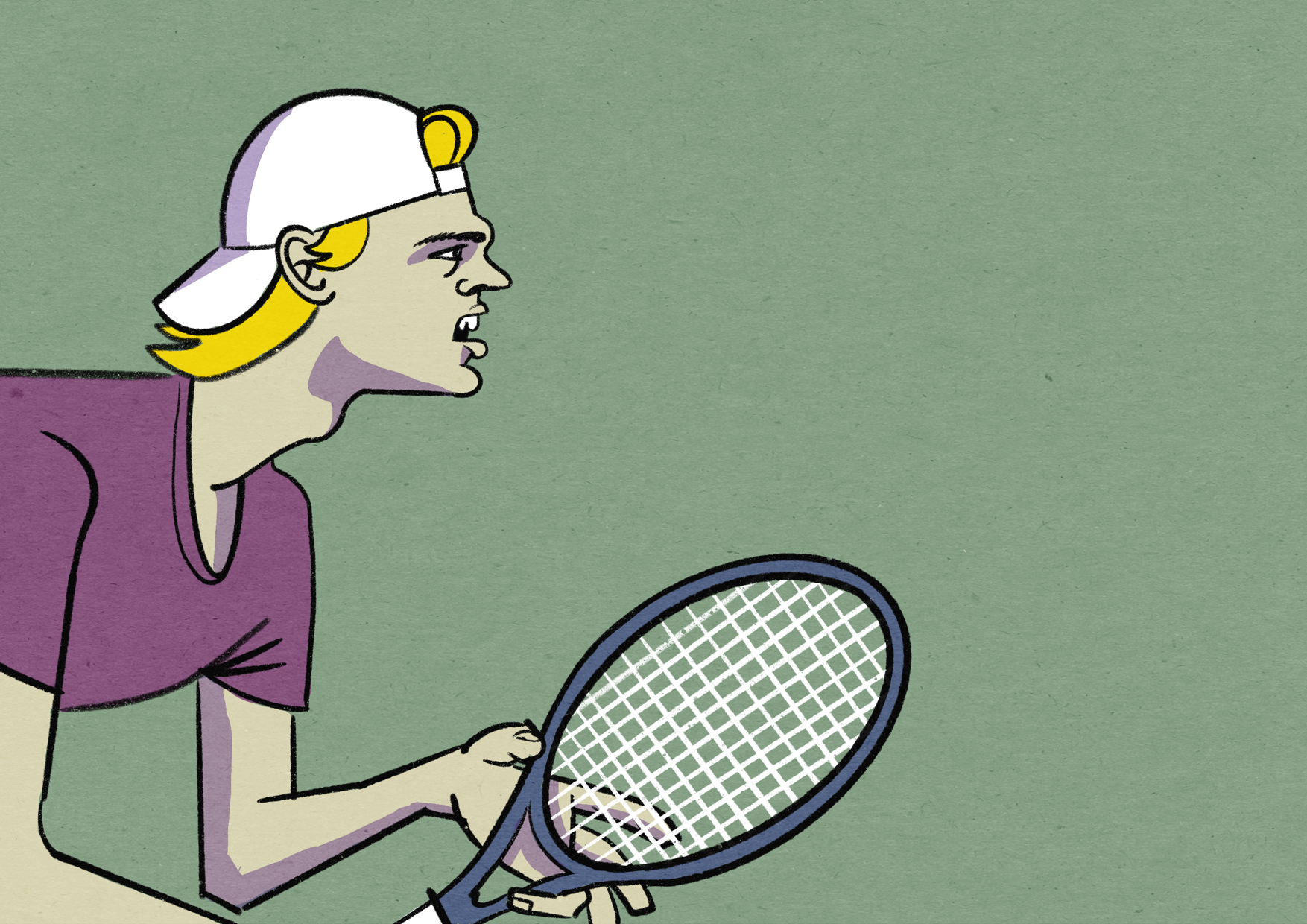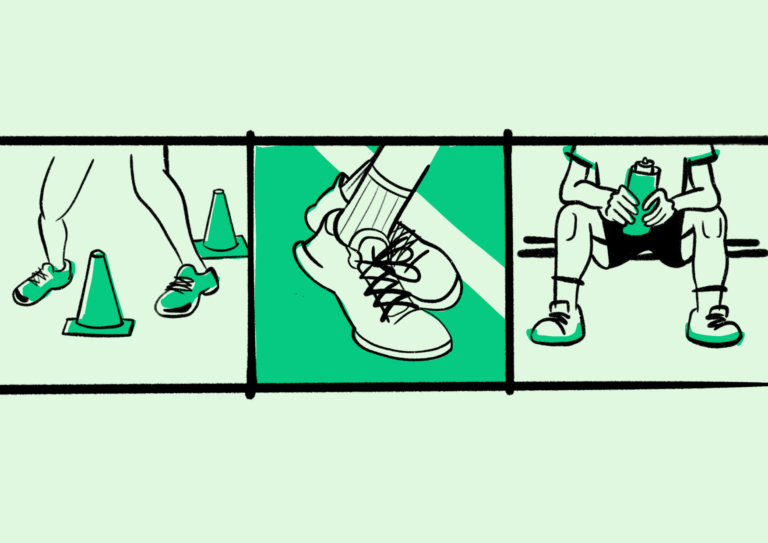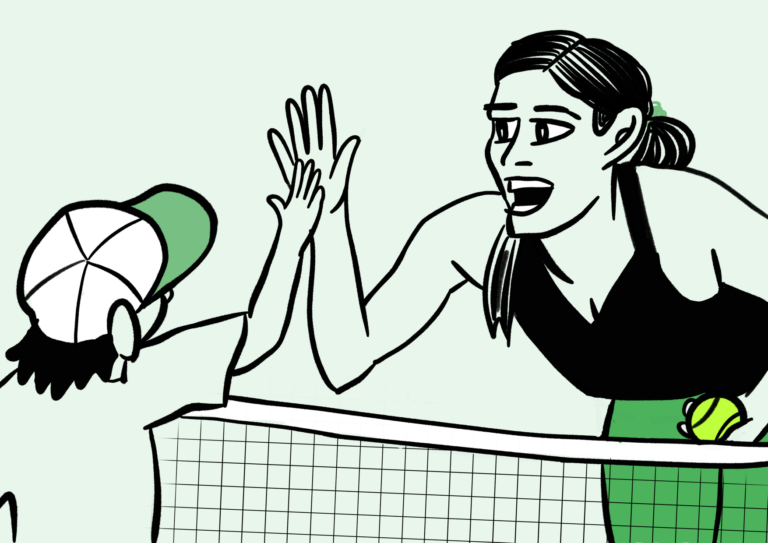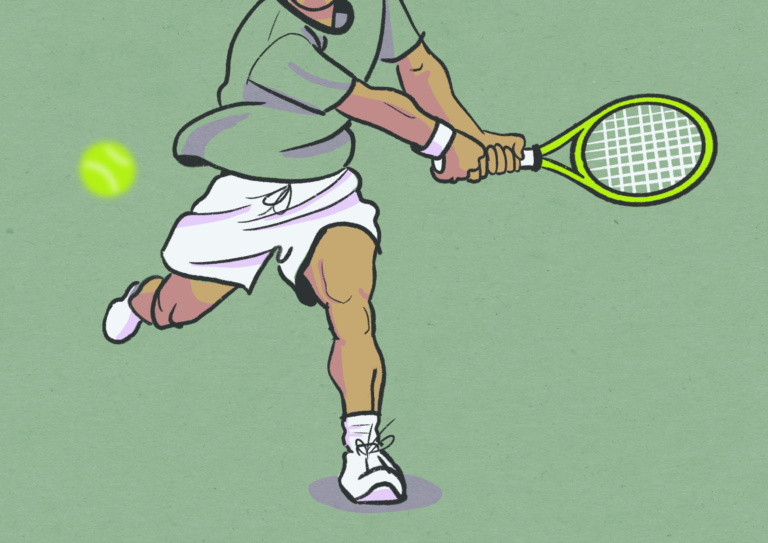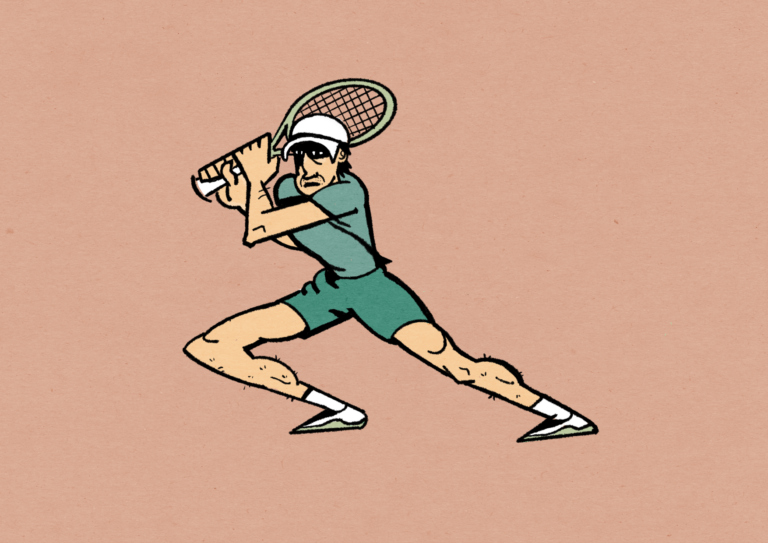Tennis Tiebreaker Guide
As you progress in your tennis game and start playing matches, soon you will be faced with the infamous tiebreaker. Tiebreakers occur in all levels of tennis, whether you’re playing a “pro-set” (an abridged games-to-8 match) or a full best-of-five pro-level match. A tiebreaker is the way of deciding the winner of a set or when there’s a tie in games. Playing a tiebreaker and to-what-score the tiebreaker depends on the level and event.
Where did “tiebreaker” come from?
The founder of the Tennis Hall of Fame, James Van Alen, suggested the tiebreaker system in the 1950s because matches were much longer than they are now. However, he had a different plan–a sudden death, to-five-points tiebreaker that was quick and easy. This was ultimately not adopted, but it was a promising idea at the time. Out of the four Grand Slams, the US Open first adopted the Van Alen version tiebreaker system. Now, the Slams all use the normal 12-point tiebreaker format.
Why is it called a 12-point tiebreaker if it’s only played to 7 points?
The terminology here is a little tricky, because whenever someone says 12-point tiebreak, they mean to play to 7 points. This terminology refers to the fact that if you win the game by 2, the score is 7-5, or 12 points.
When are tiebreakers played?
If you’re playing a full match, a tiebreaker occurs at 6-6 when games are tied. A tiebreaker is first to 7 points, but you have to win by 2. Or, if you’re playing a pro-set, you will play at 8-8. In certain leagues, if sets are tied, you might play a 7-point tiebreak as well.
How do serves work in a tiebreaker?
Think of a tiebreak as an extension of the game. Whoever would have been the next server in the set starts serving the tiebreaker. After one serve, the service switches to the other player–you switch on point 1, 3, 5, 7, 9, and so on. Be careful, though. You have to serve on the proper side–so, after point 1, for the second serve, it might be instinct to serve from the deuce side, but since it’s an odd point, you’ll be serving from the ad side. You’ll continue this routine till the tiebreaker ends.

Do you switch sides during a tiebreaker?
At 6 points, players switch sides. This ensures that if there’s some external factor affecting one’s play that both players are both impacted equally, whether it be a bad angle from the sun or a crack on the court or something else.
Can I practice tiebreakers?
Sometimes, during training, tiebreaks are played as a good way to practice. For these tiebreaks, you will probably play either to 7 or 11 points, win by 2. Many times, tiebreaks are used in practice so that players can develop match skills and intelligence without playing a full match. By practicing tiebreaks, you can work on serves, receiving serves, playing out points, visualizing the court, and much more. Add tiebreak practice into your tennis routine to replicate the pressure of a match.
Who serves after a tiebreaker?
Whoever receives the serve at the start of the tiebreak is the next server. The outcome of the tiebreak does not affect this.
Tiebreaker strategy
Considering that a 12-point tiebreaker can determine the outcome of an entire set played, you want to play a tiebreaker strategically to make sure you’re playing your best for the last moment of the set. Some players consider a tiebreaker unfair because if they played a killer 6 games and lose the tiebreak by 2 points, they lose the entire set. It can feel cruel. So, knowing how to effectively play a tiebreaker is key to your success in the sport. How can you play a tiebreaker effectively?
Get in your serves!
Those who can dominate with their serves are much more successful in the tiebreak. Because the tiebreak comes at the end of the set your serve should be warmed up. With a tiebreak, you don’t have the opportunity to experiment because points and serves are limited. The maximum you get is two serves back to back, so it’s super important to make these count. Many points in matches are also lost because of poor second serves that an opponent can hit a winner off of. If you can improve your serves, you’ll help keep yourself in the game for longer and make yourself much more competitive! Before a tiebreaker starts, remind yourself of your service technique and strategy, and take your time in between services
Move into the net
Moving into the net is a big way to dominate the tiebreaker and intimidate your opponent. If you feel confident with your net play, use it here! Because many players play tiebreaks timidly, you may be able to take advantage of shots that are close to the service line. When there’s pressure, people tend to play without risk. If you feel comfortable with your approach shot, then take the opportunity. By doing this, you’ll be able to dominate the point. Especially at the beginner level, even just coming into the net is intimidating to your opponent.
Remain calm
Tiebreakers can be very stressful, so make sure you have a routine that lets you decompress mid-game. Be careful with your serve. If you miss your first serve, don’t immediately pull out your second serve. Take some deep breaths, turn back to the fence or wall if you have to, then try again. Don’t let your mind beat you.
Focus on the first four points
Think about the psychological component here of a tiebreaker. If you maintain your strength and play super consistently for the first points, in order to get ahead and closer to 7 then 0, your confidence will soar, and your opponent will feel as though you’re about to win. To get to 4 points, make sure your play is solid. This means not going for too much–be sure you don’t aim for the lines or super tough winners. Try to be consistent, solid, and make good (but not great) shots until you get a lead.

